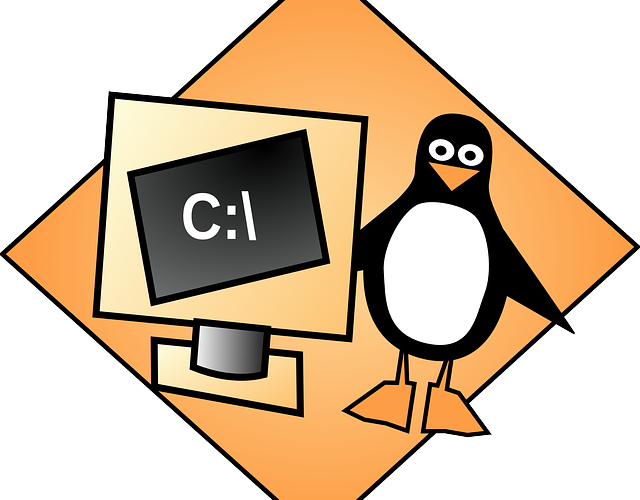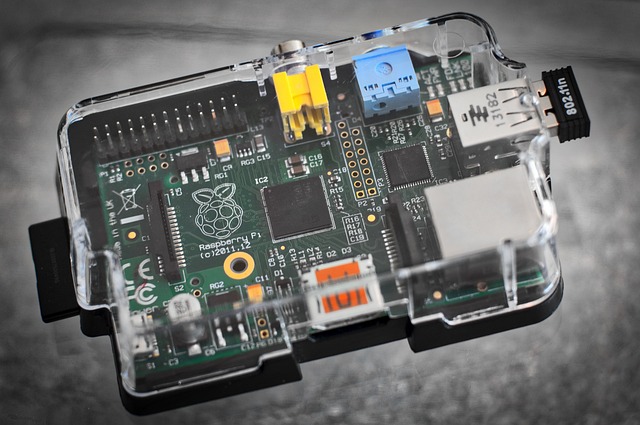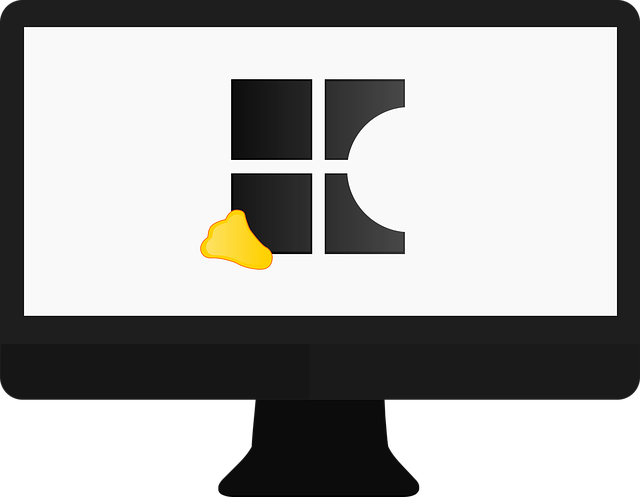deepin, the renowned Linux distribution from China, has launched its latest version, V23, bringing a slew of enhancements that make it an appealing choice for both newcomers and seasoned Linux users. This update is especially valuable for those considering transitioning from Windows 11, as it provides a user-friendly interface and introduces features that enhance compatibility, stability, and modern computing demands. The system repository in deepin V23 has undergone a comprehensive upgrade, stabilizing over 8,000 core packages to boost system security and provide extensive support for new hardware architectures such as ARM64, RISC-V, and LoongArch64. This ensures broad compatibility across various…









